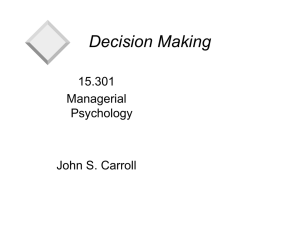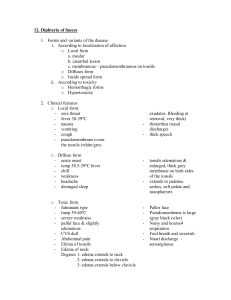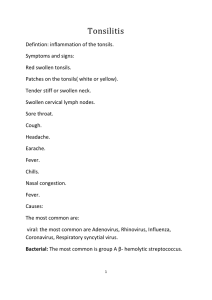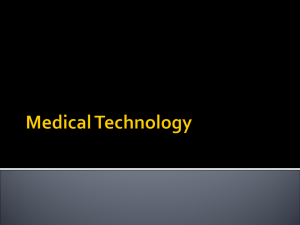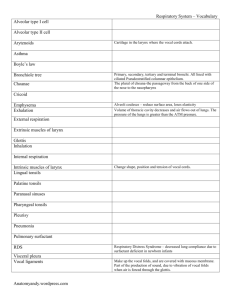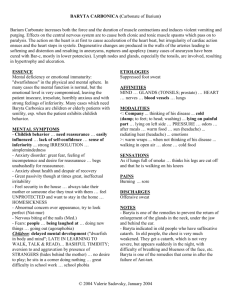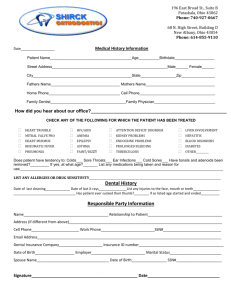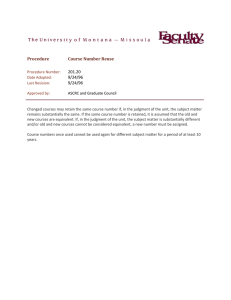15.063 Communicating with Data Sloan Fellows/Management of Technology
advertisement
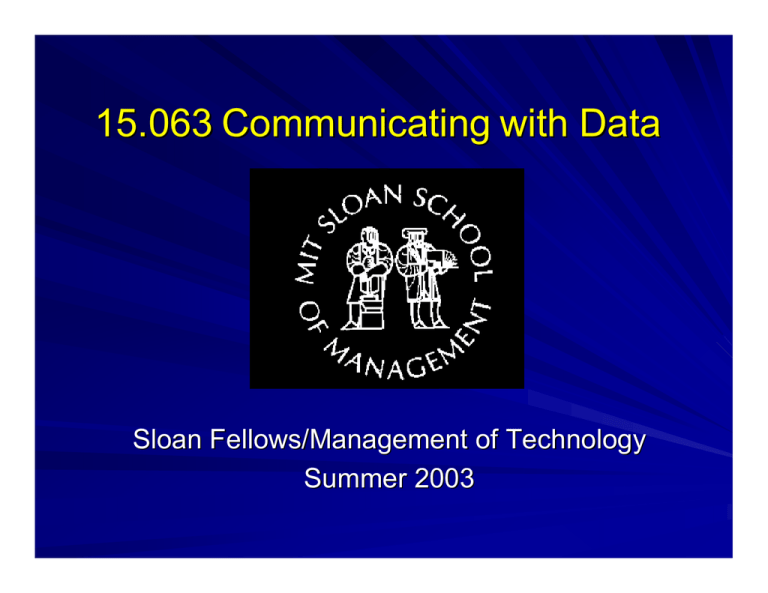
15.063 Communicating with Data Sloan Fellows/Management of Technology Summer 2003 Introductions Prof.: John S. Carroll See master schedule for lectures and recitations Office hours for TI’s will be posted Syllabus: this is our roadmap for the course. Please read it carefully. We try to follow it as closely as we can. Let’s take a look… 15.063 Summer 2003 2 Course Outline Course Philosophy and Approach Decision Trees Probability – Discrete and Continuous Simulation Regression Decision Making Examples and Exercises Communicating with Data 15.063 Summer 2003 3 Course Grading Cases and Homeworks 40% Class Participation 10% Final Exam 50% Assignments indicate Read, Prepare, or Hand in Questions? 15.063 Summer 2003 4 Course Philosophy Good managers are skilled decision makers Decision making requires information, analysis, judgment, and intuition Information is constructed from bits and pieces of ambiguous data Judgment involves understanding or framing situations and clarifying values 15.063 Summer 2003 5 Communicating with Data We “communicate” with data by constructing information in order to make effective decisions and get results We also use data to communicate, to tell a persuasive story to stakeholders In the spirit of the Myers-Briggs Type Indicator, combine competency in analysis and intuition, “seeing” and judging, dealing with ideas, material resources, and people 15.063 Summer 2003 6 Analysis and Judgment analysis t n e m g d ju Data Information Situation, context ju dg m en t Decisions, strategies, actions Analysis informs judgment, builds intuition Analysis is not a substitute for judgment 15.063 Summer 2003 7 What Does the Data Mean? During WWII, 10,000 US bombers were lost, and many others returned to base with damage An analysis was done of the location of damage, proposing to reinforce some areas of the planes Battle-damaged B-17s, Courtesy of US Air Force 15.063 Summer 2003 8 Medical Decision Example 389 schoolboys screened by a panel of three doctors: 45% judged to need their tonsils removed 215 who were judged not to need their tonsils removed were examined by a new panel of doctors What % should be judged to need their tonsils removed? 15.063 Summer 2003 9 Medical Decision, Continued Results: 46% 116 boys judged twice not to need their tonsils out were judged by a new panel of three doctors Results: 44% 15.063 Summer 2003 10 How Did Doctors Decide? Experience – In the past, a bit less than half of patients presenting themselves had their tonsils out – Minimal systematic feedback: years of experience improve technical skills, but not decision making behavior Relative Judgments – Who had the bigger, redder tonsils? – Much easier than yes/no absolute judgments 15.063 Summer 2003 11 How Should They Decide? How can we structure the decision? What are the Goals/values associated with the outcomes? What are the Options/action alternatives? What are the Outcomes? What are the Probabilities/uncertainties? How can we use the analysis to inform our decision making? 15.063 Summer 2003 12 Decision Analysis Decision trees provide an elegant framework for combining options, contingencies, consequence probabilities, and outcome values to help you select the best option. Decision trees map all options and potential consequences in a manner that makes it easier to understand and communicate the situation. 15.063 Summer 2003 13 Decision Trees List options (include all possible action alternatives!) List uncertain events (mutually exclusive and collectively exhaustive) Construct a decision tree along a time line: – decision nodes (list choices) – event nodes (list events) Evaluate endpoints (outcomes for each end branch) Assess event probabilities “Expect-out and Fold Back” = Backwards Induction Sensitivity Analysis What does it mean for decision making? 15.063 Summer 2003 14 Remove Tonsils? sick remove not sick sick apologize lawsuit don’t tell no lawsuit leave not sick 15.063 Summer 2003 15 Analysis Paralysis? The tonsillectomy decision tree could get very “bushy” (complex), ambiguous, time consuming Many possible contingencies and uncertainties Therefore, doctors don’t analyze this way Instead, medical practice and research creates simpler decision rules (heuristics) Imagine a research-based guide with pictures of tonsils: best medical practice would match the picture and follow the guide unless there is a reason to override (new decision analysis!) 15.063 Summer 2003 16 Well-Structured Decisions Known list of action alternatives Measurable outcomes, often monetary Uncertainties can be stated as probability or probability range 15.063 Summer 2003 17 Decision Analysis Skills The skills of decision analysis are not in the computations The skills are in applying these concepts to a wider range of real decisions The decision tree calculations/sensitivity analysis can be implemented in Excel as shown in the text, and the actual decision tree can be drawn using TreePlan. Different versions are available at: http://www.treeplan.com/treeplan.htm 15.063 Summer 2003 18 Closing Comments “Commercial Strength” alternatives: DecisionPro ($795 14-day free demo available) http://www.vanguardsw.com/default.htm PrecisionTree Pro ($795 Excel Compatible) http://www.palisade.com/html/ptree.html Be ready for lecture 2: study chapter 1, read 2.1, 2.2., 2.3 and prepare the Kendall Crab and Lobster Inc. Case. 15.063 Summer 2003 19
